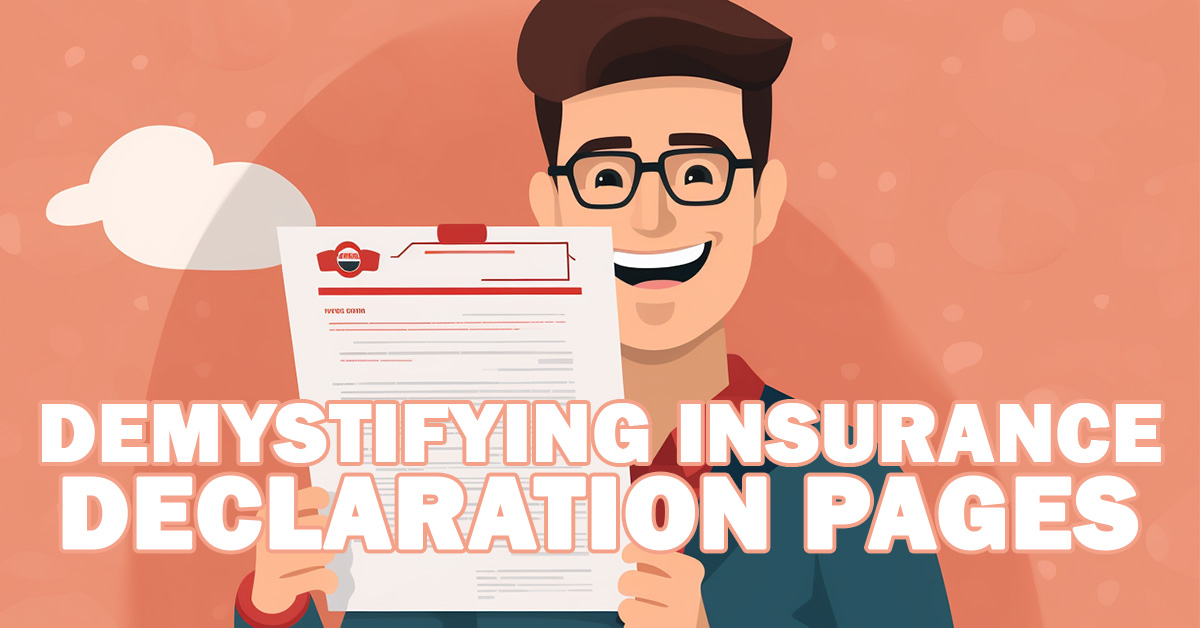Demystifying the Insurance Declaration Page: What You Need to Know

Demystifying the Insurance Declaration Page: What You Need to Know
Insurance can be a confusing topic, especially when it comes to reading and understanding your policy. But one of the most important pages in your policy is the insurance declaration page, also known as the dec page. This page contains all the essential information about your policy, including who is covered, what is covered, and how much coverage you have.
What is an insurance declaration page?
The insurance declaration page is a summary of your insurance policy that typically appears on the first page or two of the document. It provides a high-level overview of your coverage, including the following information:
- Name of the insured: This is the person or entity whose property is insured.
- Address: This is the address of the insured property.
- Policy period: This is the start and end dates of your policy coverage.
- Location of the insured property: This is the physical address of the insured property.
- Amount of insurance coverage: This is the maximum amount of money your insurance company will pay out for a covered loss.
- Policy limits: These are the specific coverages and limits included in your policy.
- Other information that may vary from policy to policy: This may include information such as deductibles, premiums, and discounts.
Why is the insurance declaration page important?
The insurance declaration page is important because it provides you with a quick and easy way to understand your policy coverage. It is also the page that you will need to refer to when filing a claim. By understanding the information on the dec page, you can avoid surprises and ensure that you are getting the most out of your insurance policy.
Here are some tips for reading and understanding your insurance declaration page:
- Read the entire page carefully. The dec page may contain a lot of information, but it is important to read it all carefully so that you understand the full scope of your coverage.
- Identify the key pieces of information. The most important pieces of information on the dec page are the name of the insured, the address of the insured property, the policy period, the amount of insurance coverage, the policy limits, and the deductibles.
- Compare your dec page to your policy. Once you have read and understood your dec page, compare it to your policy to make sure that the information is accurate and that there are no discrepancies.
- Ask questions. If you have any questions about the information on your dec page, be sure to ask your insurance agent for clarification.
The insurance declaration page is a valuable tool for understanding your policy coverage and filing claims smoothly. By taking the time to read and understand your dec page, you can avoid surprises and ensure that you are getting the most out of your insurance policy.









